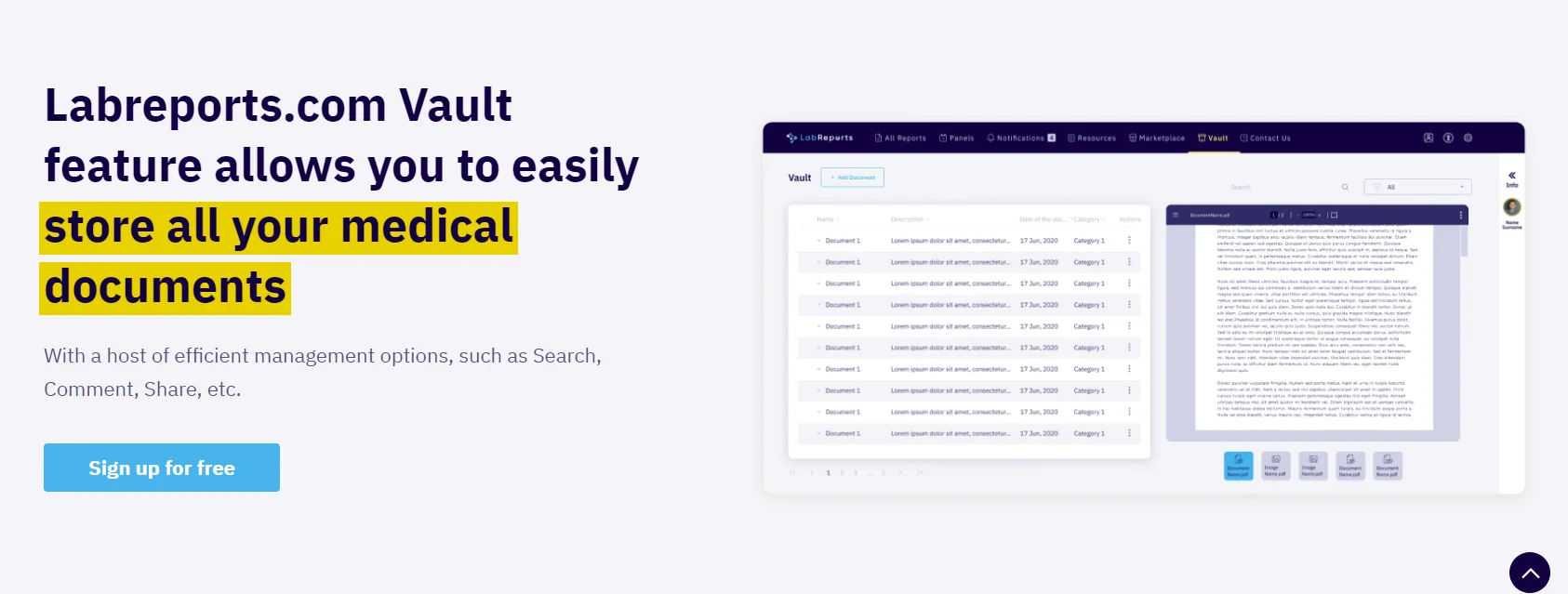The program gives learners both a 30-thousand-foot view and the deep technical expertise to lead engineers, developers, and programmers in executing their vision. The complexity and interconnectivity of today’s manufacturing and purchasing and supply management (PSM) systems are paving the way for new technological advancements in the manufacturing and purchasing and supply sectors. A lot of traditional optimization techniques look at more general approaches to part optimization.
Between our research and dozens of conversations with customers and partners, there are a number of trends that we can expect to see this year, in 2024, and onward. At 7T, we’re adept at working with companies to fully understand their needs and pain points. Then, we’ll craft a customized mobile app or software that leverages technology such as AI, Augmented Reality, Predictive Analytics and more. what is AI in manufacturing We also specialize in areas such as creative UI/UX design, app testing and mobile security. It is possible that an increasing number of manufacturers will integrate NFTs into their products, granting exclusive access to VIP perks, content, and other benefits. ChatGPT has provided us the indisputable evidence that this long-awaited technology is entering a more mature—and more valuable—stage.
Industrial Technology—From Data Center to Edge to Cloud
Cai et al. [17] investigated the complexity-aware cascaded network, which leverages features of different complexities. The recent advances in artificial intelligence have already begun to penetrate our daily lives. Even though the development is still in its infancy, it has been shown that it can outperform human beings even in terms of intelligence (e.g., AlphaGo by DeepMind), implying a massive potential for its broader application in various industrial sectors. In particular, the growing public interest in industry 4.0, which focuses on revolutionizing the traditional manufacturing scene, has stimulated a deeper investigation of its possible applications in the related industries. Since it has several limitations that hinder its direct usage, research on the convergence of artificial intelligence with other engineering fields, including precision engineering and manufacturing, is ongoing.

Large manufacturers typically have supply chains with millions of orders, purchases, materials or ingredients to process. Handling these processes manually is a significant drain on people’s time and resources, and more companies have begun augmenting their supply chain processes with AI. AI systems that use machine learning algorithms can detect buying patterns in human behavior and give insight to manufacturers. While manufacturing companies use cobots on the front lines of production, robotic process automation (RPA) software is more useful in the back office. RPA software is capable of handling high-volume or repetitious tasks, transferring data across systems, queries, calculations and record maintenance.
Best Travel Insurance Companies
Zhou et al. [66] introduced a novel data-driven robust modeling process for the online estimation and control of multivariate MIQ indices. First, for the MIQ indices, a nonlinear autoregressive exogenous (NARX) model is built to fully capture the nonlinear dynamics of the BF method. A multi-task transfer learning is then suggested to develop a new multi-output least-squares support vector regression (M-LS-SVR) to learn the NARX model, given that the standard LS-SVR does not directly cope with the multi-output issue. One of the major difficulties in PV solar power production is holding the designed PV systems running with the optimal operating performance.
New challenges include adapting legacy infrastructure to machine learning systems, mitigating ML bias and figuring out how to best use these awesome new powers of AI to generate profits for enterprises, in spite of the costs. In the field of NLP, improved algorithms and infrastructure will give rise to more fluent conversational AI, more versatile ML models capable of adapting to new tasks and customized language models fine-tuned to business needs. Machine learning projects are typically driven by data scientists, who command high salaries. The goal is to convert the group’s knowledge of the business problem and project objectives into a suitable problem definition for machine learning. Questions should include why the project requires machine learning, what type of algorithm is the best fit for the problem, whether there are requirements for transparency and bias reduction, and what the expected inputs and outputs are.
Machine Learning and Autonomous AI
That’s an intermediate step toward innovations like self-correcting machines—as tools wear out, the system adapts itself to maintain performance while recommending replacement of the worn components. As computer technology progresses to be more capable of doing things humans have traditionally done for themselves, AI has been a natural development. It doesn’t necessarily replace people; the ideal applications help people do what they’re uniquely good at—in manufacturing, that could be making a component in the factory or designing a product or part. Over the decades since robots were first introduced into industrial environments, manufacturers have sought to gain ever more efficiencies and capabilities from these significant capital investments. Simultaneously, the role of the human operators and the nature of the interaction with robots and robotic systems have evolved in conjunction with the increasing functionality and application space where they have been installed.

These systems can rapidly discover significant patterns in volumes of data that would be beyond the capacity of human analysts. In manufacturing today, though, human experts are still largely directing AI application development, encoding their expertise from previous systems they’ve engineered. Human experts bring their ideas of what has happened, what has gone wrong, what has gone well. This work also examined the research into the application of AI to facilitate improved understanding of material properties as used in manufacturing process monitoring and modeling. For example, AI has been used to predict material properties and experimental results in a fraction of the time that would otherwise be spent via conventional methods.
Beware Of The ‘Frankenstein Stack’ Of Data Systems
In Ref. [105], a novel method for detecting filament breakage and nozzle clogging in fused deposition modeling (FDM) has been developed, with an SVM as the condition classifier. The contribution of the work is the Bayesian Dirichlet method to effectively characterize the sensing signals. Correspondingly, the body of work in HRC is a very broad set of industrial research areas that drives an equally diverse set of potentially applicable robot-related AI technologies. Reviewing such a resulting breadth and depth of literature is challenging without a roadmap that can offer guidance as to what has been developed, what is state of the art, and what important problem areas remain to be solved. With the advancement of industrial IoT, AI and specifically ML will see increasing utilization penetrating the entire manufacturing system. ML algorithms potentially provide powerful tools to reduce cycle time and scrap, improve quality, and improve resource utilization in certain NP-hard manufacturing problems [68].
First, for condition recognition, a dissimilarity index (DI) is decided, and a support vector model is developed to check the idle condition. Second, for sluggish feature analysis and co-integration analysis, t-distributed stochastic neighbor embedding (t-SNE) is utilized to remove nonlinear principal components. To gain a coil with a precise thickness after the rolling phase, it is important to pre-determine the exact rolling power. Steel mills, also known as steelworks, are one of the most fundamental industries in the modern world, which specialize in steel production. In this section, AI applications in various steelmaking such as ironmaking, casting, rolling, and galvanizing are introduced. To achieve more sustainable production and environmentally beneficial methods, this steel section mostly discusses FDD, and comparative study of several techniques, modeling, and forecasting of production.
Real-time Monitoring and Process Control
Understanding the effect of the manufacturing process on each part is critical information that humans can automate and then bring into the design process through generative design to allow the digital design to perform closer to the physical part. A digital twin is a virtual model of a physical object that receives information about its physical counterpart through the latter’s smart sensors. Using AI and other technologies, the digital twin helps deliver deeper understanding about the object. Companies can monitor an object throughout its lifecycle and get critical notifications, such as alerts for inspection and maintenance. Amid the enthusiasm, companies will face many of the same challenges presented by previous cutting-edge, fast-evolving technologies.
- Several features, including the variance of the voltage-to-capacity slope, are used as input features.
- The addition of thermal images is shown to solve the issue of low prediction accuracy in the nighttime.
- By converting sunlight photons directly into electricity, PV cells make energy conversion.
- Data points are time stamped and help to provide an arsenal of machine performance metrics.
- This is because OCR is able to identify data directly from scanned/printed images, thereby reducing data entry time.
Reinforcement learning works by programming an algorithm with a distinct goal and a prescribed set of rules for accomplishing that goal. A data scientist will also program the algorithm to seek positive rewards for performing an action that’s beneficial to achieving its ultimate goal and to avoid punishments for performing an action that moves it farther away from its goal. As a result, we anticipate that enterprises will increasingly leverage AI as a way to gain data visibility and improve their data hygiene. Using ML, for instance, it is now possible to discover and classify sensitive data automatically, such as financial and legal documents, PII and medical data, and much more. From there, enterprises will take the next step and use these ML-driven data categories as the basis of DLP policy — thus preventing data loss when using tools like ChatGPT. Terms and conditions can vary widely among the hundreds of AI/ML applications in popular use.
NVIDIA and Hexagon Deliver Suite of Solutions for Accelerating Industrial Digitalization
Data scientists often find themselves having to strike a balance between transparency and the accuracy and effectiveness of a model. Complex models can produce accurate predictions, but explaining to a layperson — or even an expert — how an output was determined can be difficult. Semisupervised learning works by feeding a small amount of labeled training data to an algorithm.
Achieve Higher Performance with a Voice Directed Automated Warehouse
The latter capitalize on the power of LSTM to forecast the future signal that is then passed to the detection module for latent representation and anomaly detection. In the detection module, the early part of the LSTM output is treated as the target signal used for optimization under partial reconstruction loss function. The partial reconstruction loss provides higher anomaly scores on the defective parts of the input signal, making it suitable for such application. It is shown that the proposed model outperforms other baseline architectures on the pre-detection of anomalies. Manufacturing is entering a period of substantial innovation and change driven by the increased integration of sensors and the Internet-of-things (IoT), increased data availability, and advances in robotics and automaton.
Chief among these are the industrial safety requirements that prohibit human operators and robots from sharing a common workspace, and as such is an ongoing area of research [71–73]. Other challenges concern how robots understand and interpret the uncertainty in the behavior, actions, and intentions of the human(s) that comprise an HRC system [74]. Nevertheless, advances are being made by some robot manufacturers to develop commercial robotic solutions that can begin to meet some of these challenges such as in industries having light-duty, low-powered, or low-payload applications.
